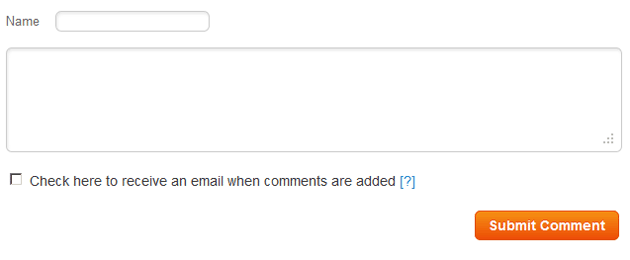Question
Topic: Research/Metrics
Is Neuromarketing Too Expensive?
Related Discussions
- Where To Find A Companies Marketing Budgets
- How Do I Analyze Published Content On Linkedin?
- Who Are The Top Companies Competing In The Market?
- Geographic Metric - Help Needed!
- How Fast Does An Untouched Sales Lead Degrade?
- Need Clear Standards To Judge Facebook Metrics
- How Can I Get Backlinks For My Website?
- Beauty Services Relocation And Market Research
- Thoughts On Abm Platforms?
- Research - Masters Dissertation Survey Help
- Search more Know-How Exchange Q&A
Community Info
Top 25 Experts
(Research/Metrics)
- koen.h.pauwels 25,348 points
- Jay Hamilton-Roth 22,162 points
- Chris Blackman 15,808 points
- Gary Bloomer 10,191 points
- wnelson 8,013 points
- Peter (henna gaijin) 7,543 points
- steven.alker 6,672 points
- Frank Hurtte 6,632 points
- Dawson 4,619 points
- telemoxie 4,595 points
- SteveByrneMarketing 3,358 points
- darcy.moen 2,727 points
- saul.dobney 2,528 points
- SRyan ;] 2,396 points
- Blaine Wilkerson 2,387 points
- ReadCopy 2,081 points
- Pepper Blue 1,863 points
- bobhogg 1,748 points





It is well documented that most of our decision making is done outside of conscious awareness and is influenced by factors unknown to us. This non-conscious processing can’t be ignored if you want to understand consumer decision making, however, it usually is. Traditional market research techniques rely on explicitly asking people what they think and this only gives part of the real answer to why people make consumer decisions.
Companies looking for effective market research are increasingly turning to new innovative techniques and methodologies adapted from behavioural economics, neuroscience and psychology, applying them directly to consumer choice.
The reason why people are interested in these solutions is simple – Many marketing directors don’t trust the results of traditional market research. We increasingly find that traditional market research is being used as a comfort blanket – a buffer, something to blame when campaigns don’t succeed as expected. A client recently told me that he uses market research because he has to and he treats the outcomes as nothing more than an opinion and not fact.
Neuromarketing offers exceptional insight into decision making process but many of the brain imaging methodologies employed are invasive, time-consuming and expensive. There is often a leap of faith required for marketing and research professionals to move from using surveys and interviews to wiring up people’s brains or putting them in a scanner. What has become clear is that the middle ground needs populating where marketers can access these insights quickly, easily and at a lower cost. You can however get useful insight into the processes underlying consumer attitudes and decision making without using expensive imaging technology. Running tests online allows you to check the effectiveness of communications quickly, inexpensively and easily with a diverse demographic and much larger sample sizes than in-lab studies.
One of the key tools is the Implicit Association Test (IAT). IATs can measure implicit or unconscious attitudes and beliefs about products and brands. The IAT bypasses social desirability biases and explicit processes to examine underlying processes. IAT’s are easily administered online and can be used to evaluate attitudes and reactions to brands, advertisements and packaging design.
These new, scalable proprietary tools measure what people think and feel on both conscious and non-conscious levels. The future of effective communications checking will allow companies to apply these techniques in a bespoke, cost effective and useful way giving valuable insight into consumers’ likely future behaviour. All too often consumers do not do as they say. To quote a busy CEO: ‘Cut the crap – tell me what people REALLY think’.
Mindlab